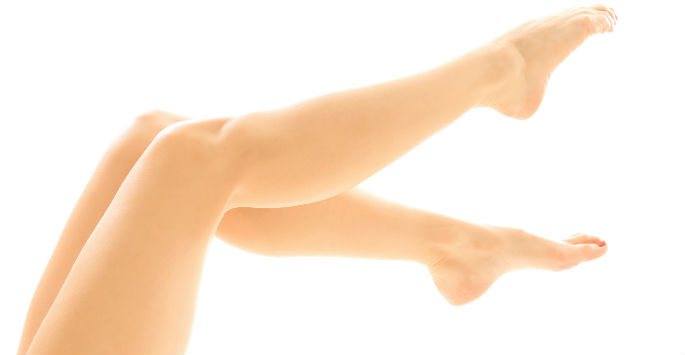A venous ulcer is a medical condition that causes an open wound on your ankle or leg. The open wound is caused after suffering from damaged or abnormal veins for an extended period of time. While the wounds can be treated using medication and compression bandages, the threat of venous ulcers will never be eliminated until the underlying cause of the damaged veins is treated. One of the most successful and popular ways to treat damaged veins and venous ulcers is with venous radiofrequency ablation.
Radiofrequency ablation is a medical technique that uses radiofrequency energy to heat and close the damaged veins in your legs. If venous radiofrequency ablation is able to close the abnormal veins causing your venous ulcers, then you should not suffer from the condition ever again. This form of treatment will not be able to instantly remove any venous ulcers on your legs or ankles. It will take several weeks for the open wound to go away after being successfully treated with radiofrequency ablation. The wait is always worth it when patients see their legs free of venous ulcers.
Your radiofrequency ablation procedure will begin with you being given a local anesthetic. Once your leg is completely numb, a thin catheter will be inserted directly into the vein. Radiofrequency energy is then sent through the catheter to heat the abnormal vein. The damage caused by this radiofrequency energy will cause scar tissue to instantly close the abnormal vein.
Since this is a minimally invasive procedure, you will be able to go home shortly after the venous radiofrequency ablation is completed. You will be required to wear compression stockings on your treated leg for at least one week. This will ensure that you do not get any dangerous blood clots.
If the treatment is successful, then you should start to notice changes in the appearance of your venous ulcers in approximately one or two weeks. All of the painful symptoms from the venous ulcers should start to diminish during this time too. If there is no improvement in your condition, then you can get an ultrasound to make sure the radiofrequency ablation was successful. Another radiofrequency ablation treatment should be enough to eliminate your venous ulcers if the first treatment was not completely successful.
To get all the facts about venous radiofrequency ablation for the treatment of venous ulcers, visit Beach Cities Vein and Laser Center in El Segundo. We also serve Los Angeles and surrounding cities. Contact us today to schedule your consultation.

